Versatile buzzer for Arduino / Vielseitiger Buzzer für Arduino
Designed by net4web in Germany
Buy with confidence.
Our Tindie Guarantee protects your purchase from fraud. Learn More
English (german below) The net4web AABHL2 is used to control an active buzzer via an Arduino or Raspberry Pi. On many Arduino nano clones, you might be able to connect the buzzer directly to a digita…
Read More…English (german below)
The net4web AABHL2 is used to control an active buzzer via an Arduino or Raspberry Pi. On many Arduino nano clones, you might be able to connect the buzzer directly to a digital output pin. The output power is often sufficient there (you should of course check it beforehand!). With other boards, such as ESP32 clones, you should definitely connect a transistor driver to avoid malfunctions. The circuit presented here already has the required transistor drivers. But that's not all! You can use jumpers JP1 and JP2 to set whether you want to control the buzzer with a high or low signal. Because the constant beeping of the buzzer can get on your nerves during the development phase, we have provided a volume control. Due to the relatively wide operating voltage range of approx. +4 to +7V, the buzzer can be adjusted to the desired volume using the flat potentiometer RV1. If you don't need the volume control or no longer need it, you can close the solder bridge JP3 on the solder side. This bypasses the potentiometer.
Active buzzers are used for signalling. If there is a voltage, with the model offered here +5V, they emit a steady, penetrating, loud tone. As long as the voltage is present and current is flowing. Due to the relatively wide operating voltage range of approx. 4-7V, the buzzer continues to work even if the battery voltage drops, for example. Active buzzers are slightly magnetic. This should be taken into account when designing the circuit if other components that can be influenced magnetically, such as a Hall sensor, are used.
In addition to this detailed data sheet, you can also download a small, simple and well-documented sketch for Arduino from our homepage, which we use to test our buzzer applications ourselves. You can also copy the code at the end of this data sheet into your application. If you look at the sketch, you will notice that we made the times for high and low triggering significantly different lengths. During testing, this has the advantage that you don't have to turn on your brain when you jump the net4web AABHL2 from low to high mode. You really just have to listen.
German
Der net4web AABHL2 dient dazu über einen Arduino oder Raspberry Pi einen aktiven Buzzer anzusteuern. Bei vielen Arduino-Nano Clones könnten Sie den Buzzer eventuell direkt an einen digitalen Ausgangspin anschließen. Die Ausgangsleistung reicht dort oft aus (Sollten Sie natürlich vorher prüfen!). Bei anderen Boards, wie etwa ESP32 Clones, sollten Sie unbedingt einen Transistortreiber vorschalten, um Fehlfunktionen zu vermeiden. Die hier vorgestellte Schaltung verfügt bereits über die benötigten Transistortreiber. Aber damit nicht genug! Sie können über die Jumper JP1 und JP2 einstellen, ob Sie den Buzzer mit einem High-Signal oder einem Low-Signal ansteuern. Weil einem in der Entwicklungsphase das ständige Piepsen des Buzzers ganz schön auf die Nerven gehen kann, haben wir eine Lautstärkeregelung vorgesehen. Durch den relativ breiten Betriebsspannungsbereich von ca. +4 bis +7V kann der Buzzer, über das Flachpotentiometer RV1, prima an die gewünschte Lautstärke angepasst werden. Wenn Sie die Lautstärkeregelung nicht oder nicht mehr benötigen, können Sie auf der Lötseite die Lötbrücke JP3 schließen. Damit wird das Potentiometer überbrückt.
Aktive Buzzer dienen der Signalgebung. Liegt eine Spannung an, bei dem hier angebotenen Modell +5V, geben sie einen gleichmäßigen, durchdringenden, lauten Ton von sich. Und zwar so lange, wie die Spannung anliegt und Strom fließt. Durch den relativ breiten Betriebsspannungsbereich von ca. 4-7V arbeitet der Buzzer auch dann noch, wenn sich z.B. die Batteriespannung absenkt. Aktive Buzzer sind leicht magnetisch. Das sollte man beim Schaltungsdesign beachten, sofern magnetisch beeinflussbare weitere Komponenten, wie etwa ein Hallsensor, verwendet werden.
Neben diesem ausführlichen Datenblatt können Sie auf unserer Homepage auch einen kleinen, einfachen und gut dokumentierten Sketch für Arduino herunterladen, mit dem wir selbst unsere Buzzer-Anwendungen testen. Sie können aber auch gleich den Code am Ende dieses Datenblattes in Ihre Anwendung kopieren. Wenn Sie sich den Sketch ansehen, werden Sie feststellen, dass wir die Zeiten für High und Low Ansteuerung deutlich unterschiedlich lang gemacht haben. Beim Testen hat das den Vorteil, dass man das Gehirn nicht einschalten muss, wenn man den net4web AABHL2 von Low- auf High-Betrieb umjumpert. Man muss eigentlich nur hinhören.
No country selected, please select your country to see shipping options.
No rates are available for shipping to .
Enter your email address if you'd like to be notified when net4web AABHL2 Active Buzzer for Arduino High/Low can be shipped to you:
Thanks! We'll let you know when the seller adds shipping rates for your country.
| Shipping Rate | Tracked | Ships From | First Item | Additional Items |
|---|---|---|---|---|
|
:
|
We ship your orders within one working day (Monday-Friday, excluding German public holidays) after receipt of payment.
Buy with confidence.
Our Tindie Guarantee protects your purchase from fraud. Learn More
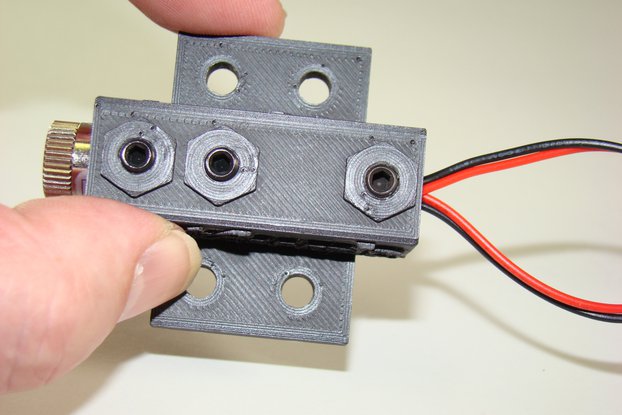
$16.95
Free Shipping!
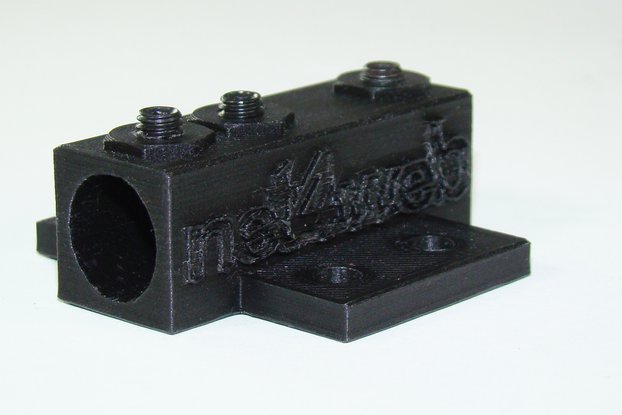
$14.95
Free Shipping!
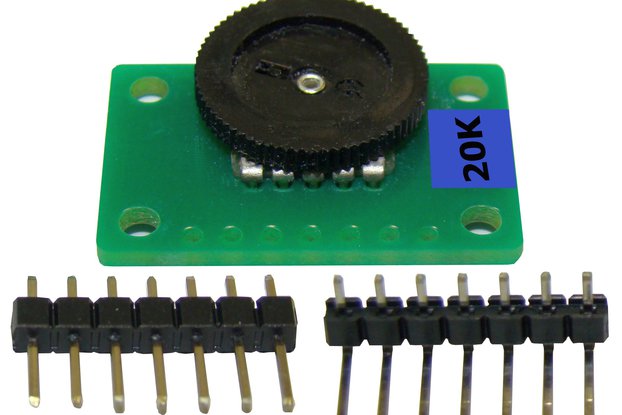
$2.50
Free Shipping!
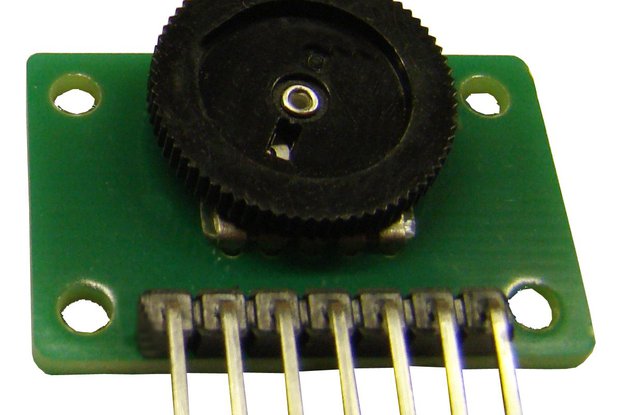
$14.50
Free Shipping!
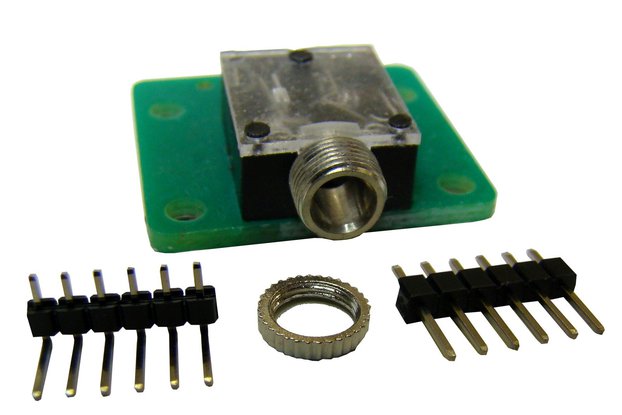
$7.99
Free Shipping!

$29.95
Free Shipping!
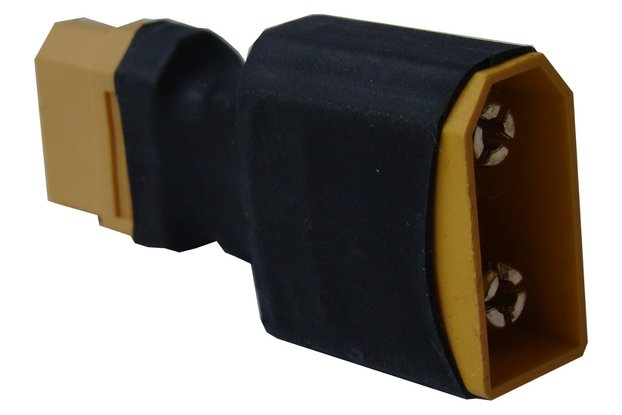
$2.85
Free Shipping!
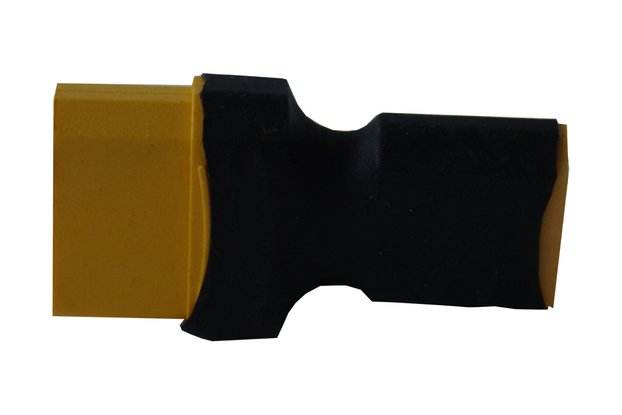
$2.85
Free Shipping!
By clicking Register, you confirm that you accept our Terms & Conditions
We recognize our top users by making them a Tindarian. Tindarians have access to secret & unreleased features.
We look for the most active & best members of the Tindie community, and invite them to join. There isn't a selection process or form to fill out. The only way to become a Tindarian is by being a nice & active member of the Tindie community!
